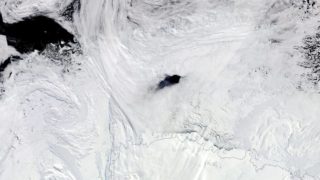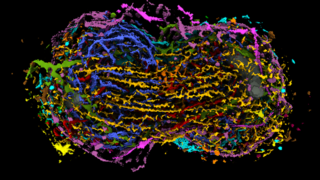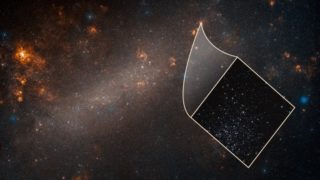
MI weekly selection #335
Robotics, seals used to figure out reason for Antarctic sea ice holes Researchers used robotic floats and tagged elephant seals to learn why huge holes called polynyas are opening up in Antarctic ice. Strong storms and a higher salt content in the surface waters of the Southern Ocean are likely contributing to the formation of […]








